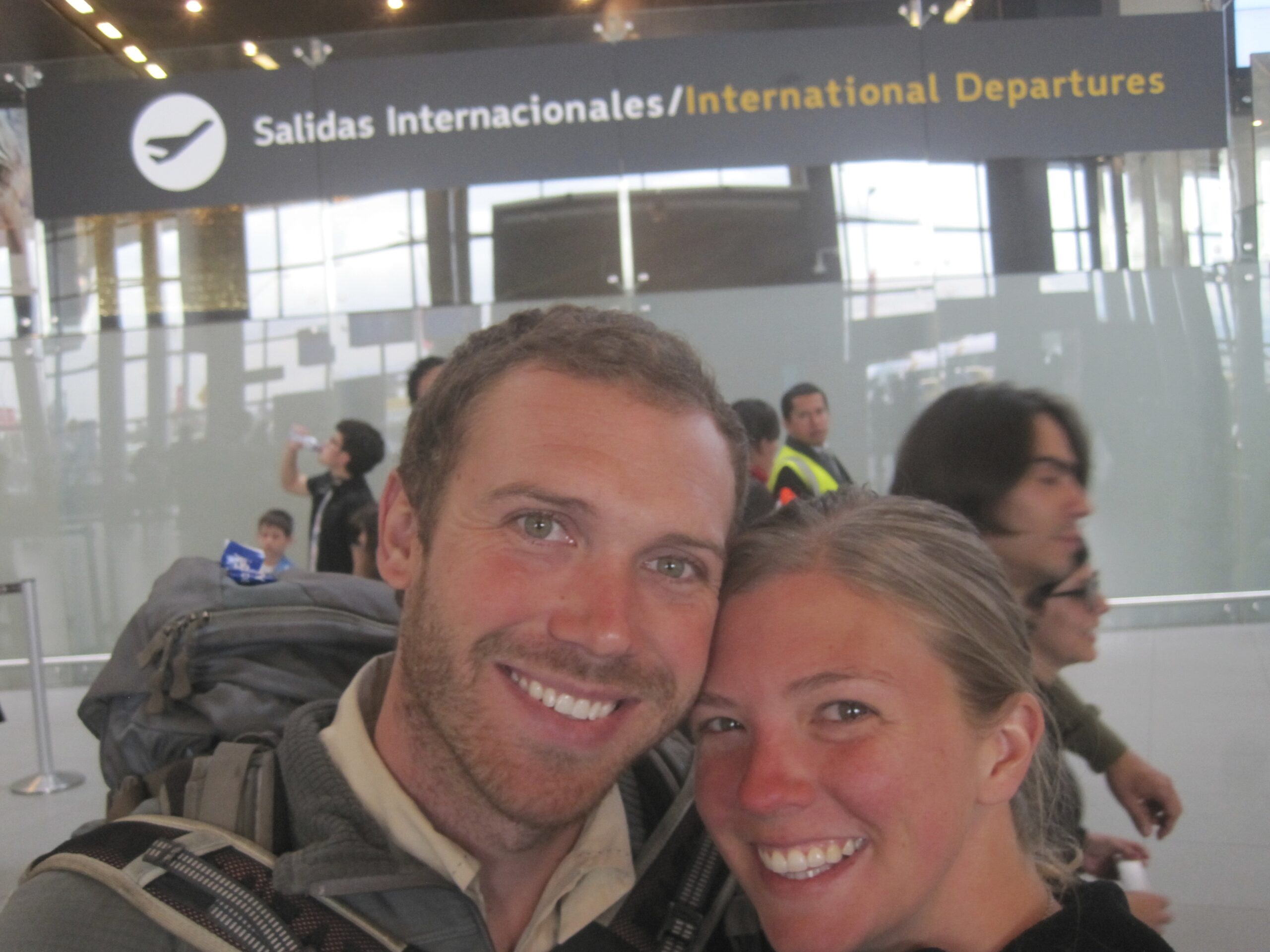How to Travel the World with Kids in 10 Easy Steps
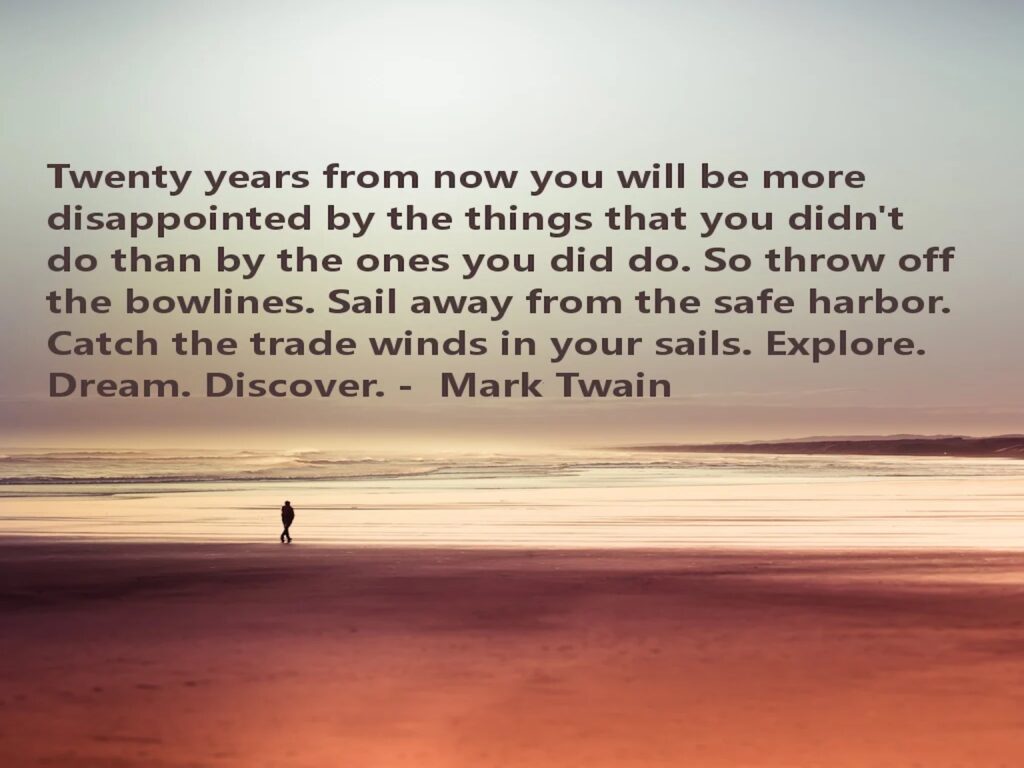
I love to hear people’s responses to our upcoming adventure because each person’s unique life experiences, perspectives and priorities inform their reaction. Some people love to hear about the details (where are you staying? what is the flight there like?), other people focus mostly on safety (what medications are you bringing? have you purchased travel insurance?) and still others reminisce about their own travels or adventures with kids. But I’d have to say the most common response we hear goes something like this: “Wow, that sounds amazing. I wouldn’t have the faintest idea where to start to make something like that happen!”
Whenever I hear this, I have to refrain from sitting my friend/neighbor/acquaintance down and beginning the planning process with them right then and there. I am a firm believer that where there’s a will, there’s a way. Obviously for some people it might be further off than for others, but if you want to travel the world with kids, then trust me when I say that you can make it happen. Keep reading for 10 steps that anyone can take to begin turning their dreams into a reality.
1) Career: This is one of the biggest challenges for most people when deciding to leave the country for an extended period of time. Once you figure this one out, you’re well on your way. Fortunately, ever since COVID, more people than ever are working remotely. If that describes you, consider yourself lucky and start looking into taking your work with you on the road. Wi-Fi is more widespread than ever before and services like Google Voice make it easy to keep your same phone number wherever you are in the world (just make sure your phone is unlocked so you can purchase a local SIM card). If you’re self-employed (like I am as a real estate agent) then you can either choose to put work on hold while you’re gone, find a substitute to step in for your business, or use the opportunity to get creative and redefine your role to make it work remotely.
If you’re like most people and you work a job that won’t welcome you back if you walk away, then you have an important decision to make. You might look into the future and decide when it would make sense to take a break (ie. if you’re a teacher, maybe you’ll decide to take a sabbatical for one year after each 5 years of work…or maybe you’re coming up on 10 or 15 years with a company and leaving might open up doors for you to start your own business when you return). Whatever you decide, leave confidently, knowing that the sacrifice will be worth it, and that you will stick to your plan and find work when you get back home.
2) Home: The next step most people will need to consider is what to do about their current residence while they’re gone. For most of our traveling years Don and I were renters, so when it was time to leave we would pack all our belongings into a storage unit (usually there wasn’t much left after we sold everything we could), let our lease expire, and take off. Yes, it can be scary knowing you’ll have to find something new when you return…but there will always be SOMETHING available…and no one said this lifestyle was easy.
As a homeowner, you will fall into one of two camps…you either own your home outright (Congratulations! You can up and leave whenever you want!) or you have a mortgage that you will need to cover while you’re away. We’ll get into this more in the next step, but suffice it to say there are A LOT of ways to cover your mortgage. The most obvious is to rent out your home (furnished is easiest). You will probably still need to pack up most of your personal items, but you can leave a lot of it right where it is. You could also try to do short-term rentals (AirBnB, VRBO, etc.) depending on availability in your area. This is the area we lucked out in the most…for this upcoming year my mom agreed to move from the attached casita she was living in into our home and we rented out her casita to help cover our portion of the mortgage. One more option to keep in mind when trying to make plans for a home you own is doing a house-swap. There are lots of house-swap apps and websites available (HomeExchange is a great one) that make it easy to switch places with a family from somwhere else in the world. It is a win-win. You get to live abroad with your family for free, and in exchange another family will take care of your home (and pets!) while you’re away!
3) Money: This is probably the most obvious sticking point for most people. How much money you’ll need will depend on many factors; where you’re going, how many people will be traveling, how you like to travel, and how long you’ll be away. You can find all sorts of budgets on the internet from families that have gone before (and we’ll share about our budget as we go, too), but keep in mind that the US dollar goes MUCH further in most parts of the world…so you might be able to get away with a lot less than you’d think. In 2013 Don and I left the US with $10,000 and that covered every expense we had (flights included!) for 10 months of backpacking through South America. Much of Asia is even more affordable…we spent less than $20/day (that included food, accommodation and transportation) in Vietnam.
The key to this step is to decide on an amount you need to save, and then start saving! Eat beans and rice…make coffee at home…pack your lunch to take to work…make whatever sacrifices you can as a family in order to put away extra money for your trip. If you’d like some help with budgeting and finances in general, I HIGHLY recommend Dave Ramsey’s Financial Peace University. It is only one of many ways to approach money…but it is one that has a proven track record and comes with a lot of built in training and support. Don’t forget to budget for any expenses you’ll have back home (bills, mortgage, etc.) and make sure you have a buffer for when you return. Finally, consider ways of making money while you’re gone to relieve some of the financial stain of traveling. Programs like VIP Kid allow you to work from anywhere in the world, and some people do find success building their own online businesses.
4) School: These next 7 steps are easier to manage than the big 3 above. If you have school-age kids, you’ll want to research options for teaching your children on the road. There is a whole spectrum of options available, from unschooling (abslutely no teaching at all…life is the teacher) to worldschooling (my personal favorite…no set curriculum, but lessons come naturally through travel) to homeschooling (either your child’s school has curriculum available or you can utilize programs like Outschool or purchase one of the hundreds of reputable homeschool curriculums available online). There are even schools all over the world (like Boundless Life in Sintra, Portugal) that allow families to come for various lengths of time to experience a whole different schooling experience. Of course another option is to travel before your kids start school, during school breaks, or after your kids have graduated.
5) Health: “You can have all the riches and success in the world, but if you don’t have your health, you have nothing.” – Steven Adler. Everyone who has ever struggled with their health knows that it has a way of quickly becoming the top priority when it is at risk. If any member of the family struggles with any health issues, travel may look different and accommodations may need to be made. But this doesn’t mean travel is impossible! There are all sorts of inspiring families out there thinking outside the box and making a life of travel possible despite their unique circumstances. We are extremely fortunate to be in good health without any special needs, so for now, our focus has been on preventative healthcare. Not only did we have to research our current health insurance and make adjustments for our time away, but we also made the decision to add an additional level of security to our trip by purchasing an emergency evacuation membership which covers any cost of immediate evacuation back home in case of medical emergency, natural disaster or terrorist threat. We went through MedJet but there are many different providers and plans available.
6) Safety: This goes hand-in-hand with health and also informs your itinerary (step 7). Obviously no one wants to put their own life, or the lives of their family members, at risk unnecessarily. The world is an ever changing place and it is important to do your homework on the places you plan to visit and to remain flexible if your travel plans need to change. For the most part though, international travel can be made extremely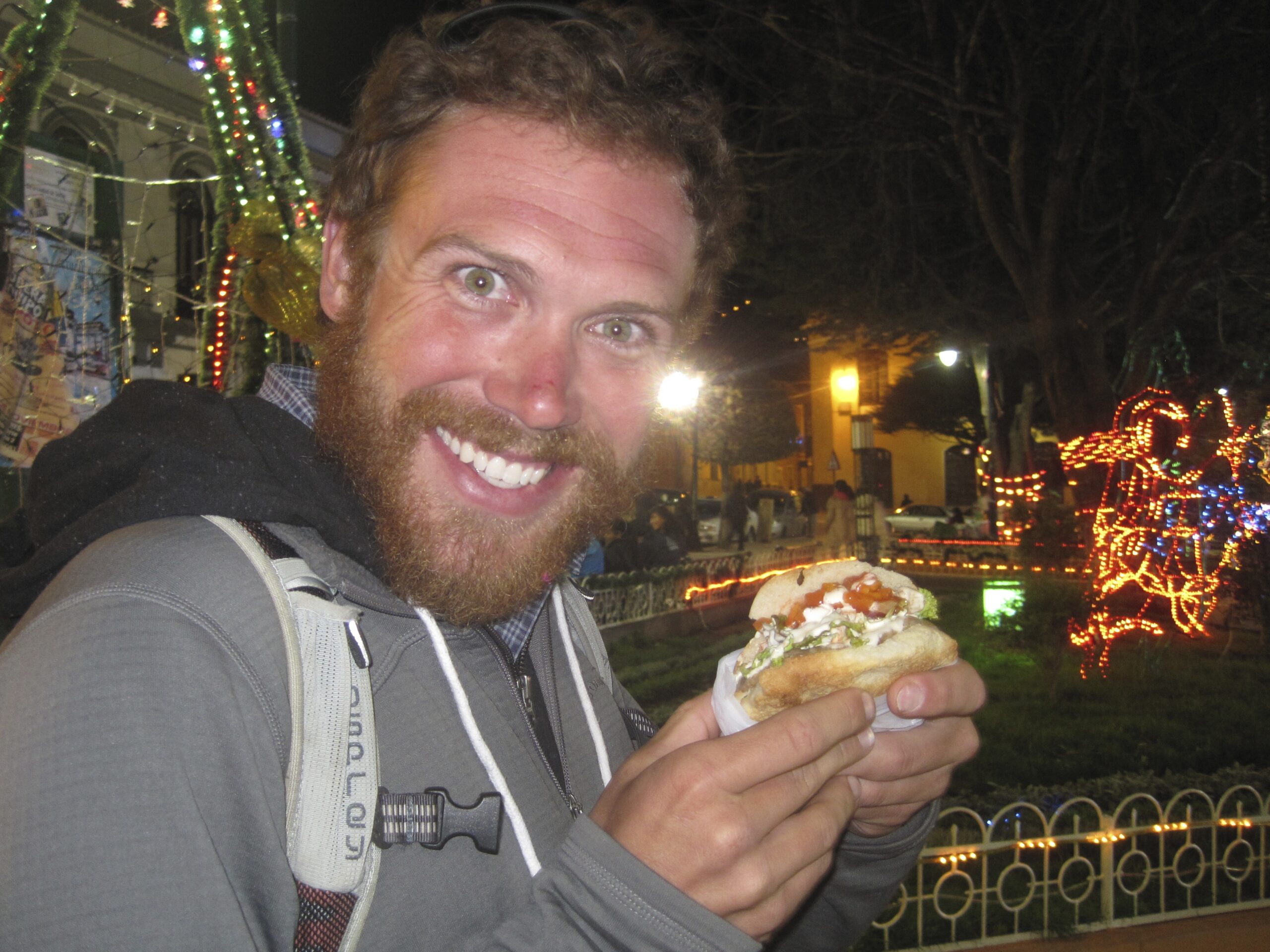 safe. Always consider whether you can drink the local tap water safely and plan ahead. We are packing a 1-gallon capacity gravity filter to use daily in our apartment, as well as our trusted SteriPen to use in our water bottles while out and about. Street food and fresh food in markets comes with its risks and it is wise to observe the overall hygiene of the vendor and wash food whenever possible. In general, anything made with water (fruit juices, smoothies, ice cream etc.) is riskier than anything cooked or baked (french fries, pastries, sandwiches without veggies etc.). We will be bringing some of the medicine that we are used to using at home…but we do expect that there will come a time when we will frequent the local pharmacy for anything that might make us feel better. Other safety measures include using sunscreen and bug spray, and keeping valuables well hidden and always on your person…and limiting the value of items on you in the first place. For example, neither of us are bringing our wedding rings with us on this trip and we’ll only ever have small amounts of cash in hand.
safe. Always consider whether you can drink the local tap water safely and plan ahead. We are packing a 1-gallon capacity gravity filter to use daily in our apartment, as well as our trusted SteriPen to use in our water bottles while out and about. Street food and fresh food in markets comes with its risks and it is wise to observe the overall hygiene of the vendor and wash food whenever possible. In general, anything made with water (fruit juices, smoothies, ice cream etc.) is riskier than anything cooked or baked (french fries, pastries, sandwiches without veggies etc.). We will be bringing some of the medicine that we are used to using at home…but we do expect that there will come a time when we will frequent the local pharmacy for anything that might make us feel better. Other safety measures include using sunscreen and bug spray, and keeping valuables well hidden and always on your person…and limiting the value of items on you in the first place. For example, neither of us are bringing our wedding rings with us on this trip and we’ll only ever have small amounts of cash in hand.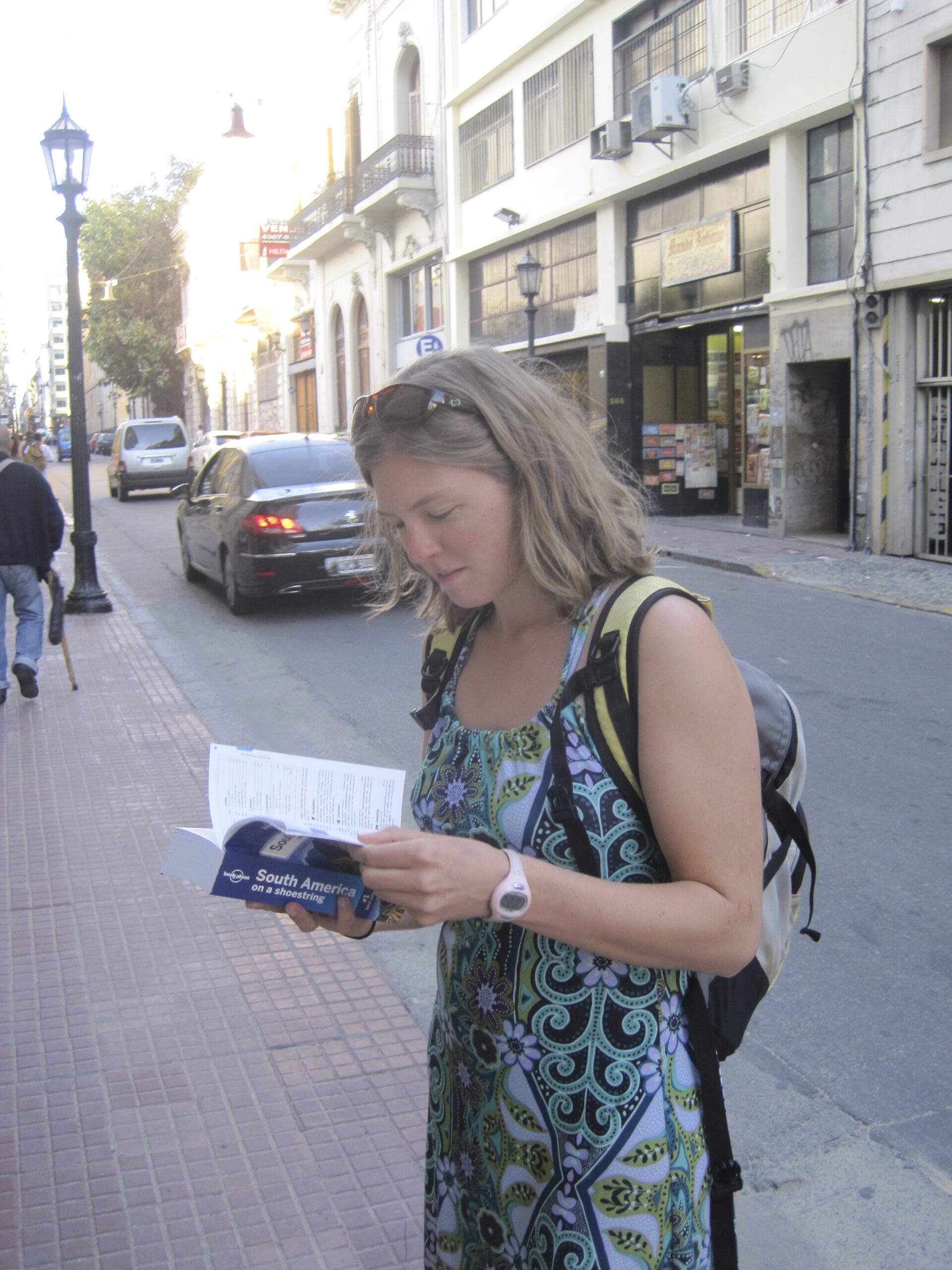 7) Itinerary: Now we get to the fun stuff! I LOVE to plan and in the case of this particular adventure, I can honestly say that I have been planning it in some form for the last 4 years. At some point I got into my head that we would spend a year abroad as a family. For a while the plan was to leave for the year of 2023, but of course things change, and here we are! We knew we wanted to return to Latin America because we love the culture and the Spanish language, and we chose the specific locations we’re visiting either because we know people there and we want to return, or we missed them the last time around and there is more we want to see.
7) Itinerary: Now we get to the fun stuff! I LOVE to plan and in the case of this particular adventure, I can honestly say that I have been planning it in some form for the last 4 years. At some point I got into my head that we would spend a year abroad as a family. For a while the plan was to leave for the year of 2023, but of course things change, and here we are! We knew we wanted to return to Latin America because we love the culture and the Spanish language, and we chose the specific locations we’re visiting either because we know people there and we want to return, or we missed them the last time around and there is more we want to see.
For this step, first choose the length of time you want to be gone and decide when you will leave. Next, decide where in the world you want to go. It is important to differentiate between fast travel and slow travel. Our plan is to spend at least a month in most of our destinations because we have young children and want to take our time and settle in to each community. Our last trip through South America was a whirlwind and we are really excited to take it slow. You can go even slower (there is always the option to temporarily “move” to a single destination) or much faster (around the world in a year often looks like a week in each new place). Oftentimes traveling families will start out with fast travel and then end up staying longer in a place they love because it is easy to get burnt out when moving all the time and the whole family may feel the need to slow down.
I have found that my itinerary becomes something of great value to me in the years, months and weeks leading up to a trip and often provides me with the motivation to keep the wheels in motion when the world around me makes me doubt my plans. Map out your itinerary online, print it out, and keep it close…it is a helpful reminder that greats things lie ahead.
8) Gear: I will have multiple posts dedicated to our packing list and to some of the most important items that we are bringing with us on our adventure. Packing for a trip this big can be a daunting task, and it 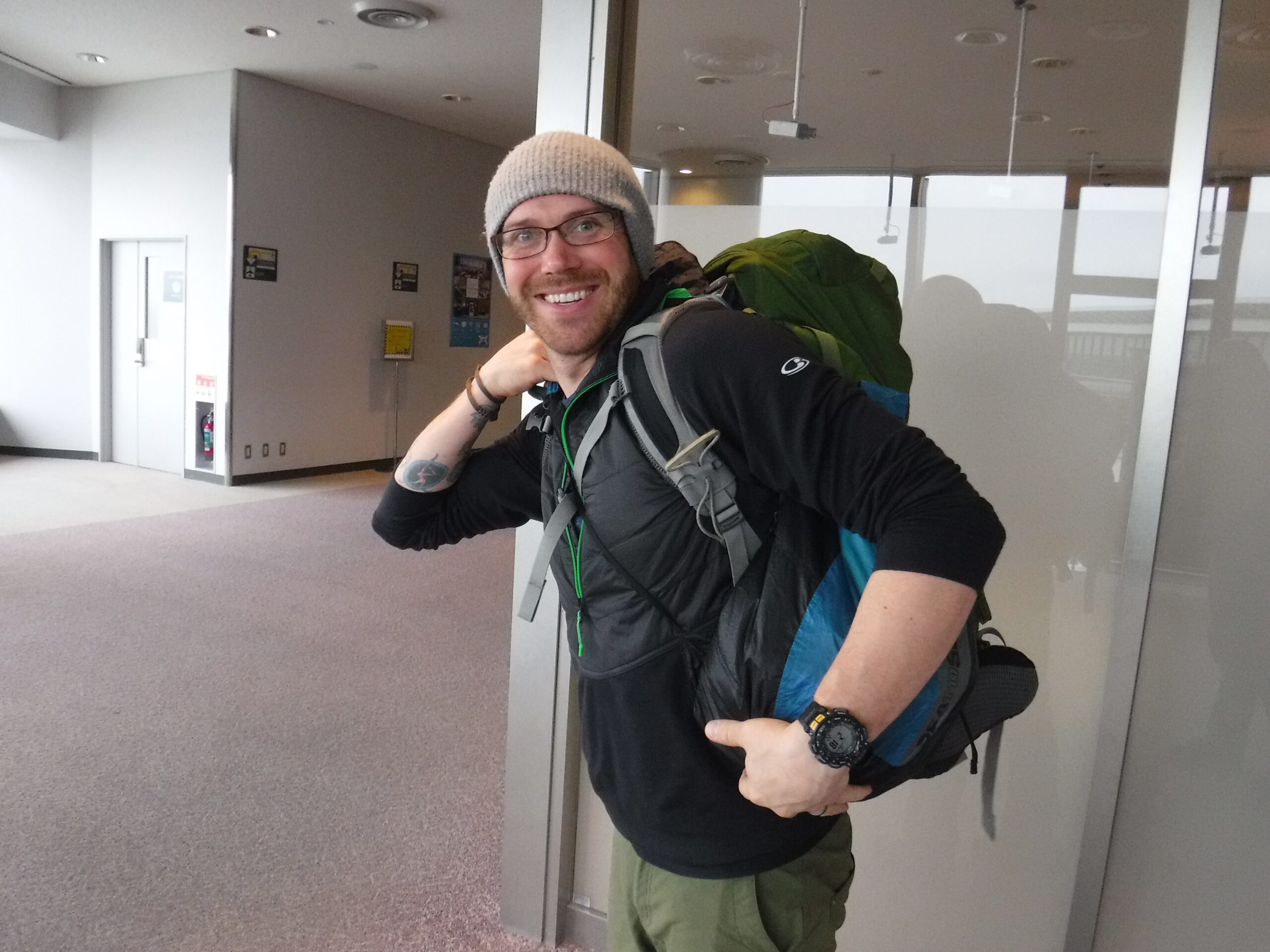 deserves a large allotment of time and energy. Every family has their own style of packing, and what works for us might not work for everyone. I like to keep a running list of every item we plan on bringing (divided into the backpack or suitcase it will be packed in) on a note on my phone. In the months leading up to our trip, I add to the list every time something comes to mind…in the hopes that by the time I am a week or so out I will have a comprehensive checklist that doesn’t leave out anything important. We also like to dedicate an area of our home to our travel items. We chose an area in our bedroom to place our bags and suitcases and have slowly added to the piles as the weeks have passed. When you plan on carrying everything that you will need for an entire year, it becomes important that you research and curate your family’s favorite items. From shoes to undergarments to watches and toys…every item we are packing has been chosen intentionally and is expected to perform its function at the highest level.
deserves a large allotment of time and energy. Every family has their own style of packing, and what works for us might not work for everyone. I like to keep a running list of every item we plan on bringing (divided into the backpack or suitcase it will be packed in) on a note on my phone. In the months leading up to our trip, I add to the list every time something comes to mind…in the hopes that by the time I am a week or so out I will have a comprehensive checklist that doesn’t leave out anything important. We also like to dedicate an area of our home to our travel items. We chose an area in our bedroom to place our bags and suitcases and have slowly added to the piles as the weeks have passed. When you plan on carrying everything that you will need for an entire year, it becomes important that you research and curate your family’s favorite items. From shoes to undergarments to watches and toys…every item we are packing has been chosen intentionally and is expected to perform its function at the highest level.
9) Flights: The only part of our trip that we actually have set in stone is our flights and our first month’s accommodations. Everything after that is flexible. Buying your flight is the first real commitment you make toward an adventure, and it is both exhilerating and terrifying. If you spend a little more you can make your flight refundable, but we never do, so it always feels very symbolic when we hit that final purchase button. In this case we purchased our tickets exactly 2 months before the start of our trip…before most people even knew our plan and pretty quickly after we made our decision. I think we were afraid if we didn’t book them then that we’d chicken out or something would change. We always spend at least a few days bargain shopping for the very best flight and in this case we also took the flight times and layovers into serious consideration since we will have our 2 and 3 year old in tow.
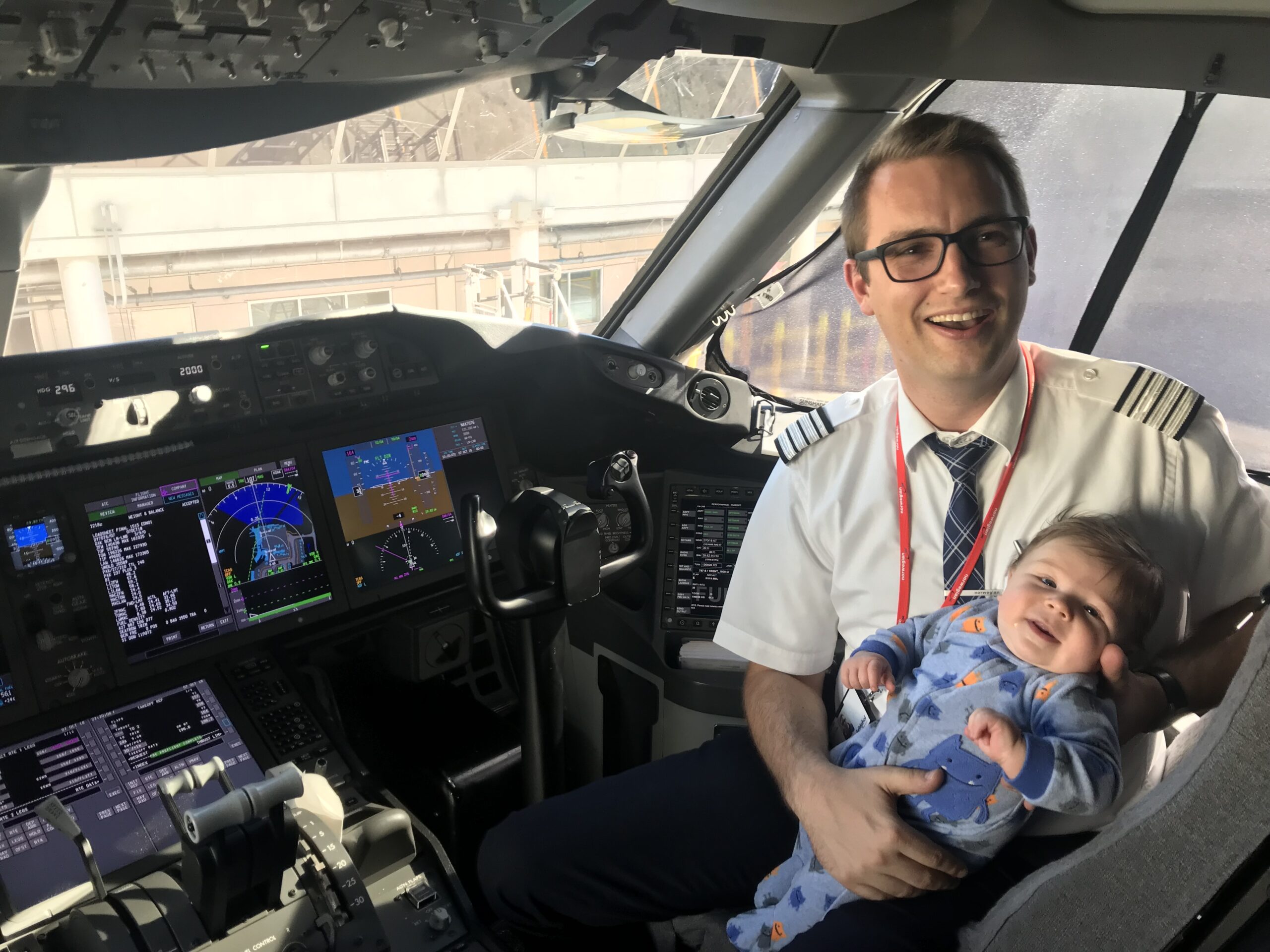 10) Accommodations: This is the only other part of our plan that we have actually committed to. In all our previous travel, we have never booked accommodations ahead of time. We generally like to get to a location and then spend the day hunting for a great deal. This time around though we knew having a home base would help ease some stress, so we booked our first month stay through AirBnB. There are many different styles of accommodations that you can utilize while traveling, from hotels and hostels to apartments and homestays. On our last trip in South America we made use of a great website called WorkAway that links travelers up with local residents that offer free accommodation in exchange for some form of service. Finding affordable housing is par for the course, but sometimes it is fun to splurge too. I recommend changing up the type of accommodations you utilize to get the most out of your adventure and so you can find what works best for your family.
10) Accommodations: This is the only other part of our plan that we have actually committed to. In all our previous travel, we have never booked accommodations ahead of time. We generally like to get to a location and then spend the day hunting for a great deal. This time around though we knew having a home base would help ease some stress, so we booked our first month stay through AirBnB. There are many different styles of accommodations that you can utilize while traveling, from hotels and hostels to apartments and homestays. On our last trip in South America we made use of a great website called WorkAway that links travelers up with local residents that offer free accommodation in exchange for some form of service. Finding affordable housing is par for the course, but sometimes it is fun to splurge too. I recommend changing up the type of accommodations you utilize to get the most out of your adventure and so you can find what works best for your family.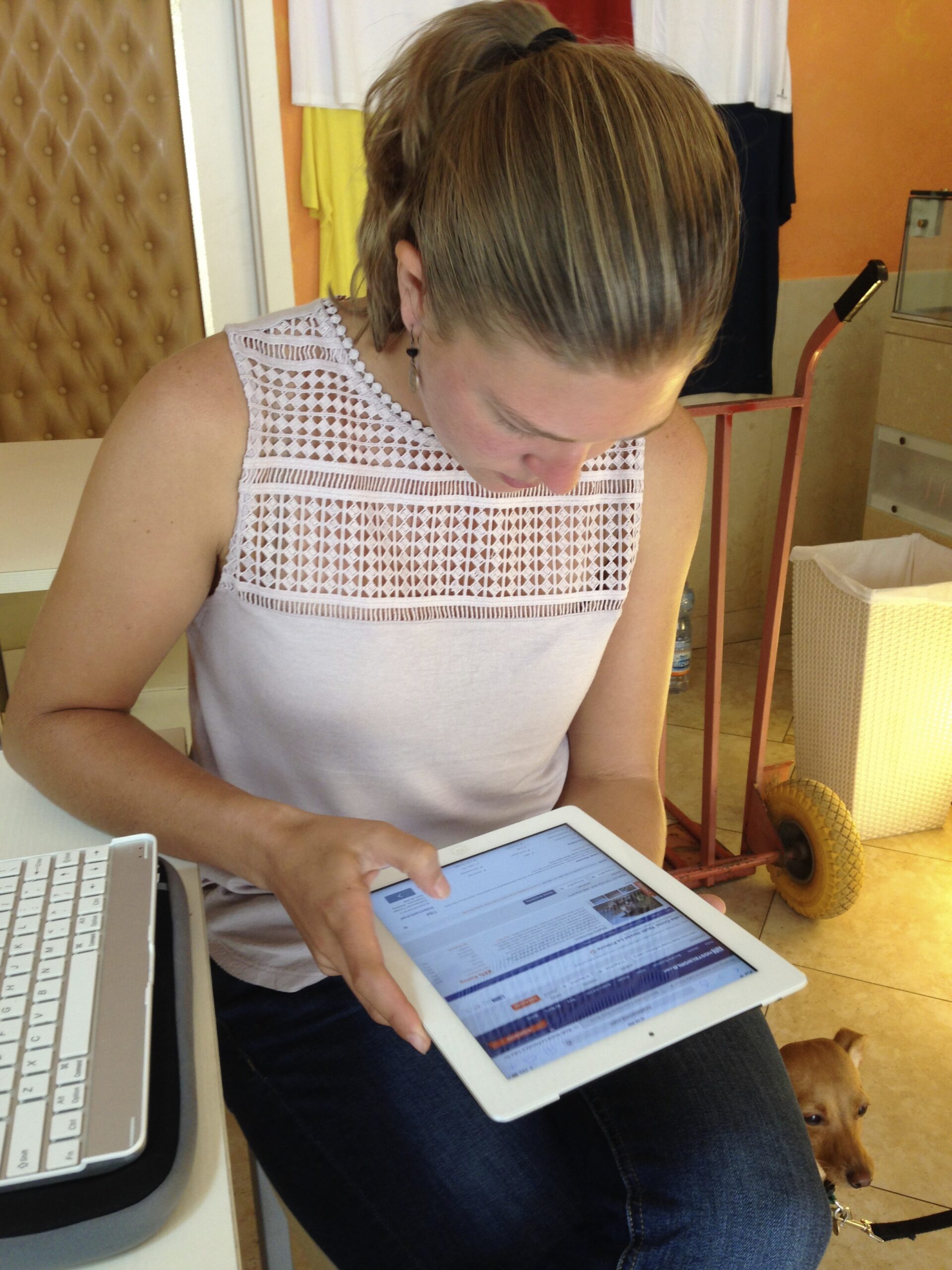
And that’s it! Once you make it through these 10 steps, you are well on your way to an unforgettable family adventure that is fun, safe and inspiring. Feel free to comment below with any questions you have or steps you think I missed. I hope this helps take some of the guesswork out of the early stages of planning and encourages more people to set aside their doubts and trust the process. Happy travels!
